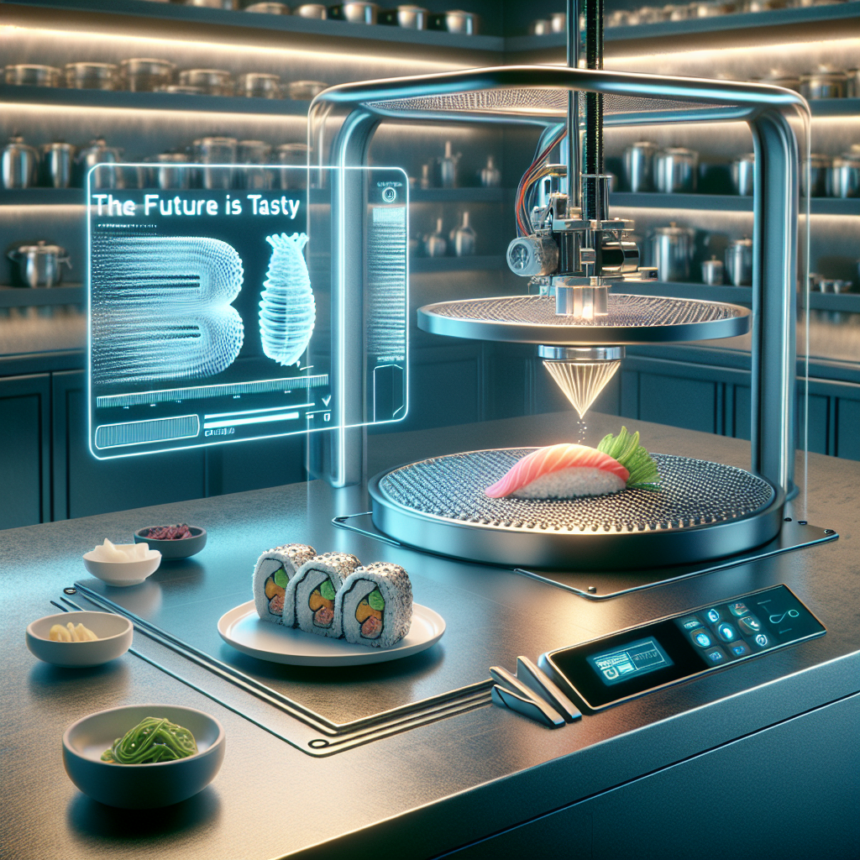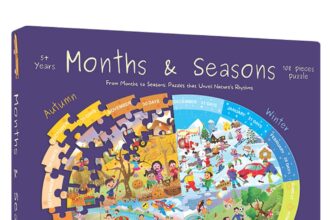The Future is Tasty: Exploring the Potential of 3D Printed Food
As we hurtle into an era characterized by rapid technological advancement, one revolution stands out in the culinary world — 3D printed food. This innovative approach marries science, artistry, and the growing demands for personalized nutrition, opening exciting new doors for how we think about and consume food. From shaping flavors to potential applications in food sustainability, 3D printed food is set to change the landscape of gastronomy.
How Does 3D Printing Work in Food?
At its core, 3D printing technology operates by layering materials to create three-dimensional objects. In the context of food, this means that edible ingredients are extruded through a printer to build dishes layer by layer. Various ingredients, such as purees, dough, and even plant-based proteins, can be used depending on the desired outcome.
As with traditional 3D printing, the process begins with a computer-aided design (CAD) model of the item you wish to create. Sensors and specific software guide the printer as it deposits the food materials into the defined shapes. The result is not only delicious but uniquely designed culinary treats that can cater to individual tastes and dietary requirements.
The Nutritional and Personalization Aspects
The surge in health consciousness is prompting significant changes in consumer habits. 3D printing technology can respond to these shifts by enabling customized nutritional solutions. For instance, individuals with dietary restrictions can specify ingredients that conform to their needs, be they gluten-free, sugar-free, high-protein, or vegan.
Furthermore, 3D printed food can be tailored to optimize nutrition. Developers are experimenting with supplements like vitamins and minerals, integrating these directly into food items. This means that a single meal could provide ideal macronutrients and micronutrients, helping to tailor diets that promote optimal health and wellbeing.
Sustainability and Waste Reduction
Another vital consideration in our food system is sustainability. With the global population projected to exceed 9 billion by 2050, food production will need to be more efficient and less wasteful. 3D printing food presents a promising solution by allowing for precise ingredient formulation and minimal leftovers.
Food waste can be substantially reduced by making use of agricultural by-products or less desirable food sources. For instance, vegetables that may not meet aesthetic standards for traditional grocery displays can be transformed into chefs’ artistic creations through 3D printing. This has the dual benefit of increasing food accessibility and reducing waste in a world grappling with both hunger and environmental decay.
Culinary Innovation
The creative potential of 3D printed food cannot be overstated. Chefs and food artists are no longer limited by the boundaries of traditional cooking methods. With the capability to design intricate shapes and textures, 3D printing is giving rise to entirely new culinary experiences.
From edible sculptures that push the limits of visual artistry to complex flavor combinations that were previously thought impossible to achieve, the only barrier is imagination. Restaurants can create seasonal dishes with unique designs that will captivate guests while also providing extraordinary taste experiences.
Challenges and Considerations
Despite its promise, 3D printed food is not without challenges. Consumer acceptance remains a significant hurdle, as many individuals may be apprehensive about food produced via industrial technology. Building trust will require educating consumers about the safety and nutritional value of 3D printed food.
Additionally, infrastructure and scaling are crucial factors. The cost of 3D printing technology can be high, and ensuring that it is accessible to mass markets remains a challenge. While some startups are making strides in developing affordable printing technology, industry-wide adoption is still on the horizon.
The Path Ahead
As advancements in food technology continue, 3D printed food represents a fascinating intersection of health, creativity, and sustainability. With the potential to influence how we cultivate, prepare, and consume food, the future is indeed tasty. Through ongoing research, collaboration between chefs and scientists, and consumer engagement, the possibilities of 3D food printing could transform our dining experiences in life-changing ways.
FAQs
1. Is 3D printed food safe to eat?
Yes, when produced using food-grade materials and following appropriate safety standards, 3D printed food is safe to eat. It’s essential that the printing processes adhere to food safety regulations.
2. How does 3D printed food taste?
The taste can be comparable to traditionally prepared food; however, it largely depends on the ingredients used and the recipe. Many chefs are experimenting to enhance flavor profiles.
3. Can you print alcohol or beverages?
Currently, 3D printing technology for food has primarily focused on solid items. While research into printing with liquids exists, issues with consistency and handling must be addressed before it becomes viable.
4. What types of ingredients can be used in 3D food printing?
Many ingredients can be printed including doughs, purees, chocolate, and some dairy products. The goal is to develop formulations that can be processed through the printing nozzle effectively.
5. Can 3D printing help with food allergies?
Indeed! 3D printing can allow individuals with food allergies to customize their meals fully. By choosing ingredients according to their specific dietary conditions, it can promote safer food options.
As 3D printed food continues to evolve, it brings with it immense possibilities for health, creativity, and sustainability, promising a future where the culinary experiences we enjoy are as innovative and exciting as they are delicious.











